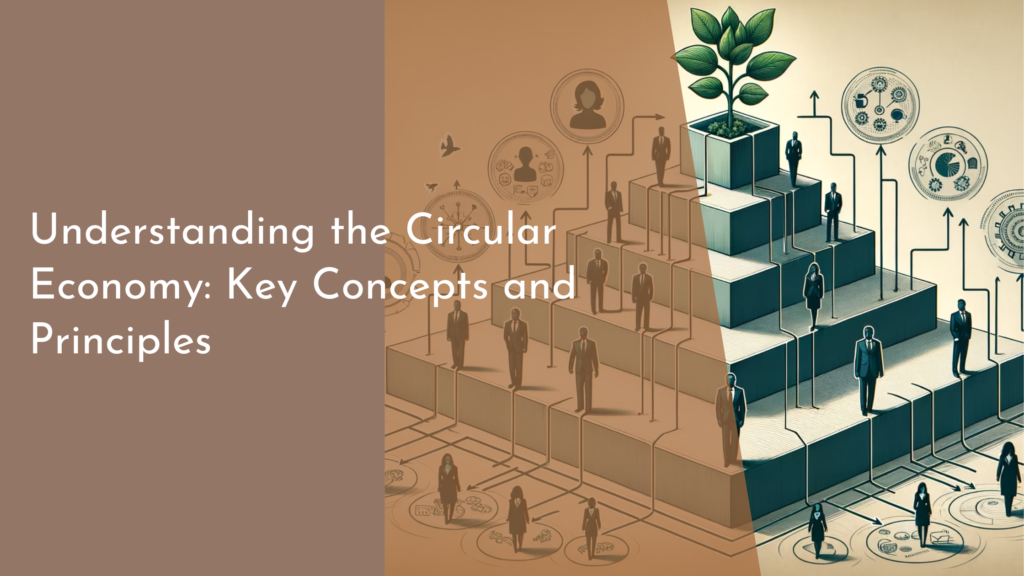Exploring biodegradable welding supports for construction
In a world increasingly focused on sustainability, the construction industry is making significant strides toward eco-friendliness. One pivotal innovation in this realm is the development of biodegradable welding supports. These supports, traditionally made from non-degradable materials, are now evolving to meet the demands for greener alternatives. As the construction sector seeks to reduce its carbon footprint, biodegradable welding supports emerge as both a practical and environmentally responsible choice, paving the way for a more sustainable future.
As we explore the various aspects of biodegradable welding supports, it becomes evident that this approach is not only beneficial for the environment but also offers practical advantages in construction projects. By examining their composition, benefits, and the innovative materials driving change, we can appreciate the promising future of eco-friendly building practices.
Understanding Biodegradable Welding Supports in Construction
Biodegradable welding supports are temporary structures used to hold and stabilize materials during construction processes. Unlike traditional supports, which are often made from plastics or metals that can take centuries to decompose, biodegradable options are crafted from organic materials that break down naturally over time. These supports can be made from a variety of materials, including bioplastics, plant fibers, and other organic composites. This shift not only reduces waste but also lessens the environmental impact of construction activities.
The use of biodegradable welding supports is particularly pertinent as the construction industry faces increasing scrutiny regarding its environmental practices. By incorporating these supports, builders can significantly reduce the amount of debris sent to landfills and contribute to a circular economy where materials are reused and recycled. This innovative approach aligns with global sustainability goals, making it a vital component of modern construction methodologies.
Benefits of Using Eco-Friendly Welding Supports Today
One of the primary advantages of biodegradable welding supports is their reduced environmental footprint. These supports decompose naturally, minimizing the long-term waste associated with traditional welding supports. This is especially important for projects that prioritize sustainability, as using biodegradable materials can enhance a company’s green credentials and attract environmentally conscious clients. Furthermore, their use can lead to less pollution, as fewer harmful materials enter landfills and ecosystems.
In addition to environmental benefits, biodegradable welding supports offer practical advantages in terms of cost and efficiency. Many biodegradable materials are lightweight, making them easier to transport and install compared to their heavier, traditional counterparts. This can lead to lower labor costs and quicker project completion times. Moreover, as technology advances, the durability and strength of biodegradable supports continue to improve, making them a reliable option for a variety of construction needs.
Innovative Materials Driving Sustainable Construction Forward
A key driver of the shift toward biodegradable welding supports is the emergence of innovative materials that challenge conventional construction practices. One promising material is mycelium, the root structure of fungi, which is gaining traction for its incredible strength and lightweight properties. Mycelium-based supports can be grown on-site, significantly reducing transportation emissions and costs while providing a robust solution for various construction applications.
Another noteworthy material is PLA (polylactic acid), a bioplastic derived from renewable resources such as corn starch or sugarcane. PLA not only provides the necessary structural support but also breaks down into non-toxic components when disposed of properly. The combination of mycelium and PLA is just the beginning; ongoing research into new biodegradable materials continues to push the boundaries of what is possible in sustainable construction, further enhancing the viability of biodegradable welding supports.
The Future of Building: Going Green with Welding Supports
As awareness about sustainability grows, the future of construction is poised to embrace green technologies, including biodegradable welding supports. The construction industry, often seen as a significant contributor to environmental degradation, is now taking proactive measures to integrate eco-friendly practices into its operations. This transition reflects a broader societal shift toward sustainable living, where businesses and individuals alike prioritize environmental responsibility.
Looking ahead, we can anticipate greater collaboration between researchers, manufacturers, and construction firms to develop and refine biodegradable materials that meet the complexities of modern construction. As regulations around sustainability tighten, those who adapt early will likely gain a competitive edge. The future of building will not only focus on structural integrity but also on the well-being of our planet, making biodegradable welding supports a cornerstone of sustainable construction practices.
In conclusion, exploring biodegradable welding supports in construction represents a significant step towards a more sustainable future. With their environmental benefits, practical advantages, and the innovative materials driving this change, these supports are not just a passing trend but a vital component of eco-conscious building practices. As the construction industry continues to evolve, embracing green technologies will help forge a path toward a cleaner, healthier planet, proving that it is indeed possible to build responsibly while caring for our environment.

